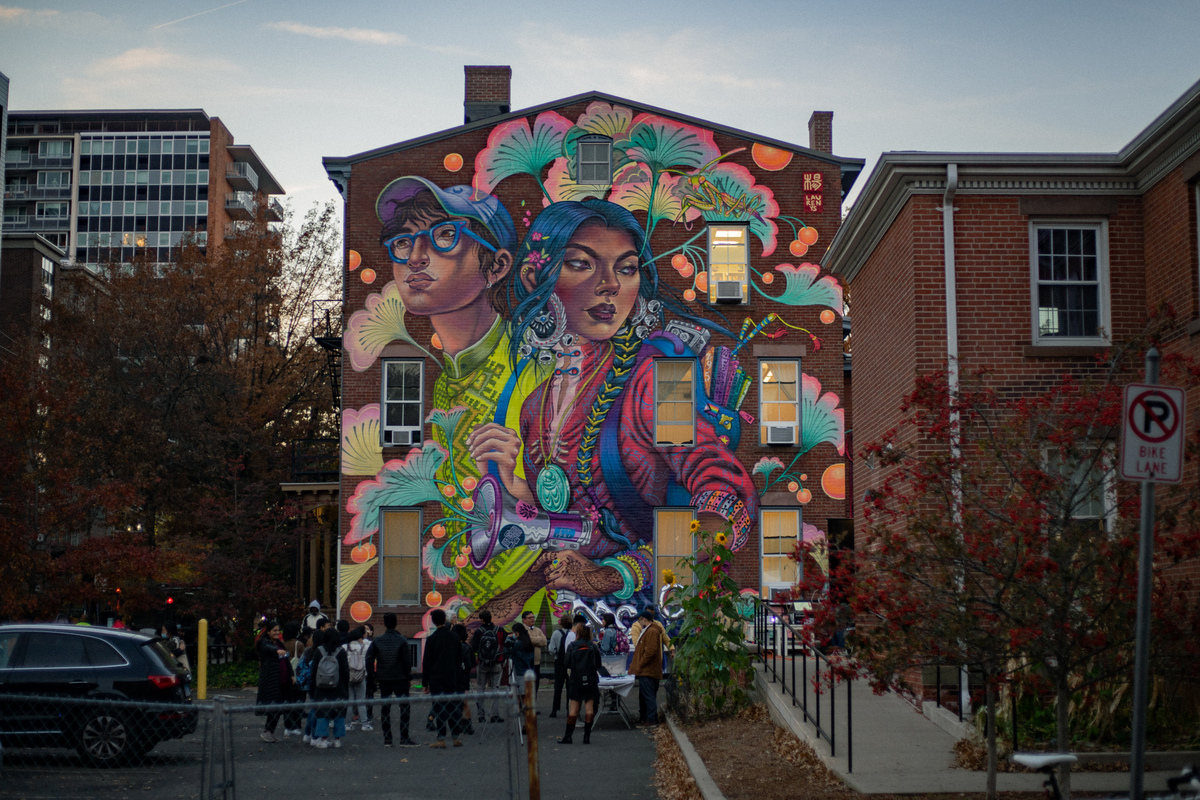“Complex fabric” of Middle Eastern community requires more acknowledgement at Yale, students say
MENA students at Yale say that more must be done to allow their culture to flourish, with a MENA cultural house considered a key step.

BY BENYAMIN ATABANI
With a large and vibrant Middle-East and North African, or MENA, community, a renowned Near Eastern Languages and Civilizations program and several fantastic Middle-Eastern eateries (including student hotspots such as Maamoun’s Falafel) in the vicinity of the Yale campus, Yale is ostensibly an ideal place for MENA students.
Many MENA students, however, say that something is missing, and desire more when it comes to acknowledgement of their community by the University. Layla Hedroug ’25, founder of Yale’s branch of Amnesty International and a member of the Arab Student Association, or ASA, suggests that Yale should do more to recognize the MENA region as having a distinct identity.
The primary medium for this, she argues, would be the creation of a MENA cultural house, an idea which has gained traction amongst Yale’s MENA community over the past few years. Hedroug and other students, including Youssef Hossam ’25, an ASA member, believe that this would provide for a place to explore the commonalities and differences which exist within the MENA umbrella and act as a place where MENA students, who often miss simple things like their parents’ cuisine, can relate to one other whilst keeping a taste of home in terms of their culture.
In my own experience as a member of the MENA community being of mixed Sudanese, Lebanese and Swiss heritage, I often feel caught in between cultural identities, being unable to categorize myself as white, but equally not being quite able to fit in with other Asian or African POC communities.
Hedroug raised this issue with respect to the Yale MENA community, saying that MENA students were often split between Yale’s Asian-American Cultural Center, or AACC, and the Afro-American Cultural Center, with many Yale students telling her that they do not fit neatly into either category available to them.
It must be acknowledged that Yale has made progress, which Hossam termed “baby steps” in giving MENA students a room in the AACC. Hedroug and Hossam have both positively described the wealth of clubs and societies available to MENA students. They suggest this to be a major achievement on the part of Yale and its progressive culture, but the aforementioned problem of the disparate nature of these societies has also caused administrative issues as students are unable to have the rallying point that a MENA cultural house would provide.
This has in turn meant that organizations such as the ASA have been forced to look for members or people to add to their mailing lists off of the unreliable and problematic basis of whether their names were Arab-sounding. This process has missed many students or added students who were not in fact of Arab heritage at all.
MENA students feeling as though they are not given an adequate space to explore their identities is not unique to Yale. Students at other colleges such as Harvard and University of Michigan are also pushing for MENA cultural centers.
One college which has recently implemented a MENA Cultural Center, is the University of Illinois at Urbana-Champaign (UIUC), after campaigning from students over the past 5 years finally bore fruit. MENA students at UIUC rejoiced and the move received a positive reception from MENA people on social media, given the significance of giving what has long been a difficult to categorize ethnic group its own space to explore culture and identity, in contrast to the harrowing racism experienced by the MENA population in recent years, with anti-Muslim and anti-Middle Eastern hate crimes on the rise across America and the western world.






